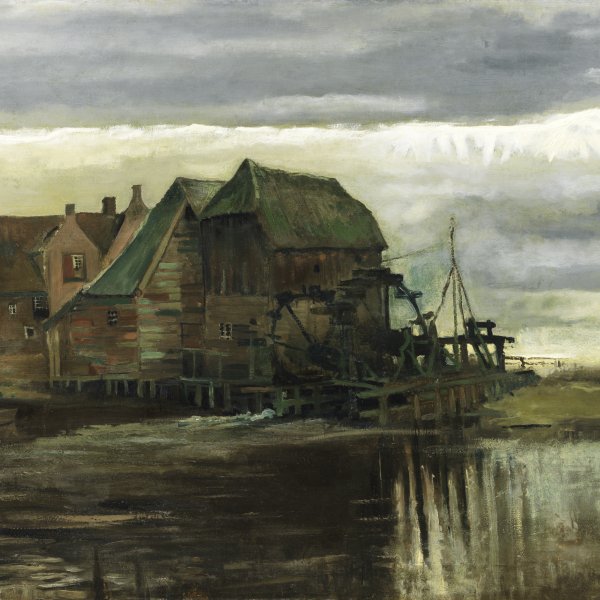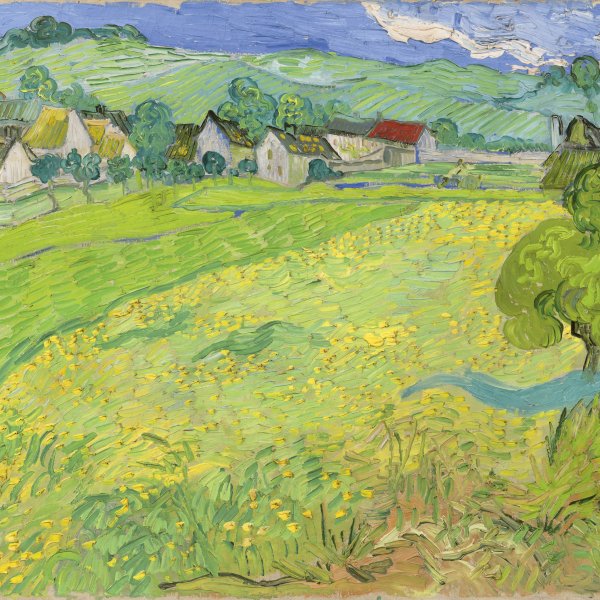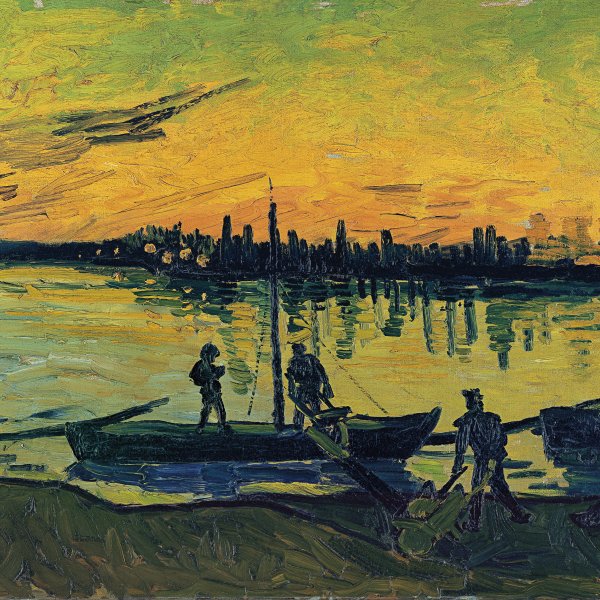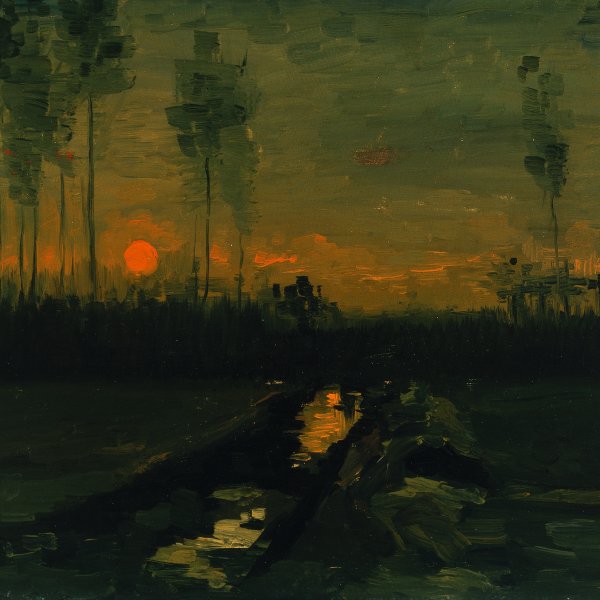The Potato Eaters
1885
Lithographie on Japan paper.
26.5 x 32.5 cm
Museo Nacional Thyssen-Bornemisza, Madrid
Inv. no.
558
(1975.9
)
Not on display
Level 2
Permanent Collection
Level 1
Permanent Collection
Level 0
Carmen Thyssen Collection and Temporary exhibition rooms
Level -1
Temporary exhibition rooms, Conference room and EducaThyssen workshop
The series on the Potato Eaters, executed in Nuenen in spring 1885, is one of the most significant of Vincent van Gogh’s first period. Having taken up residence in this small village near Eindhoven in the Brabant region in 1883, the artist focused his attention on depicting the life of the local country dwellers in numerous drawings, sketches and engravings and two large paintings on canvas, rendering the world of workers in a realistic, uncompromising manner, while expressing his moral and social views. In a letter written to his brother Theo in late April he stated, “I have tried to emphasise that those people, eating potatoes in the lamp-light, have dug the earth with the very hands they put in the dish, and so it speaks of manual labour, and how they have honestly earned their food. I have wanted to give the impression of a way of life quite different from that of us civilised people. Therefore I am not at all anxious for everyone to like it or admire it at once.”
Once he had completed the first painting on canvas, Vincent decided to produce a lithograph on the same subject and for this purpose procured a lithographic stone from the workshop of the father of Dimen Gesten, a pupil of his in Eindhoven. In just a day Vincent transferred the image of the Potato Eaters directly onto the stone from memory, without using preliminary drawings, and the figures are therefore reversed in the print on paper. Unlike the painting, the entire composition appears to be illuminated by an almost magical glow.
Van Gogh printed only one state with an edition of twenty lithographs, with the aim of presenting them to his friends and pupils as gifts. “That lithograph won’t be for publication, anyway, but is entirely a private affair, ” he wrote to his brother. Juliana Montford has managed to identify eight, one of which is that belonging to the Museo Thyssen-Bornemisza.
Paloma Alarcó
Once he had completed the first painting on canvas, Vincent decided to produce a lithograph on the same subject and for this purpose procured a lithographic stone from the workshop of the father of Dimen Gesten, a pupil of his in Eindhoven. In just a day Vincent transferred the image of the Potato Eaters directly onto the stone from memory, without using preliminary drawings, and the figures are therefore reversed in the print on paper. Unlike the painting, the entire composition appears to be illuminated by an almost magical glow.
Van Gogh printed only one state with an edition of twenty lithographs, with the aim of presenting them to his friends and pupils as gifts. “That lithograph won’t be for publication, anyway, but is entirely a private affair, ” he wrote to his brother. Juliana Montford has managed to identify eight, one of which is that belonging to the Museo Thyssen-Bornemisza.
Paloma Alarcó









